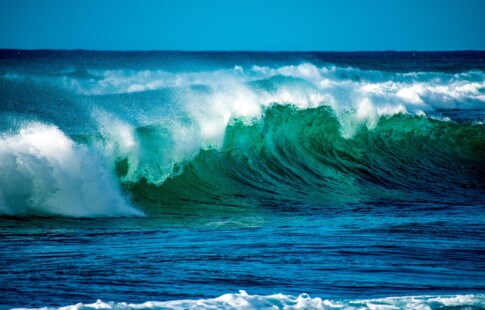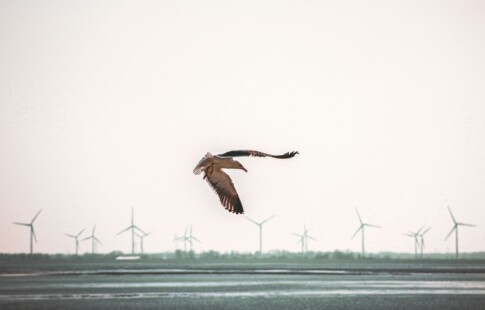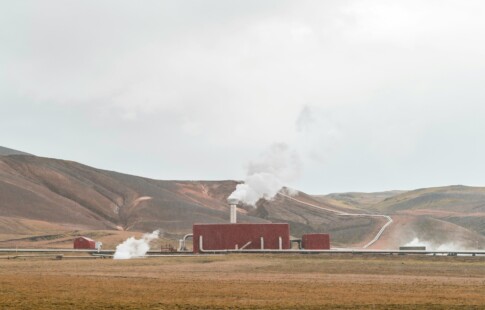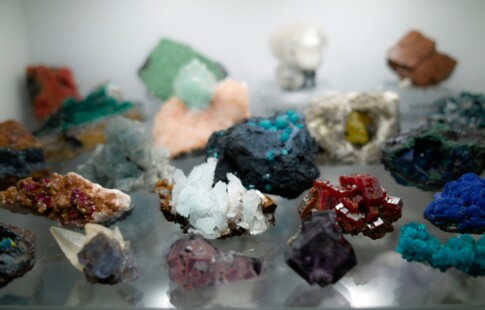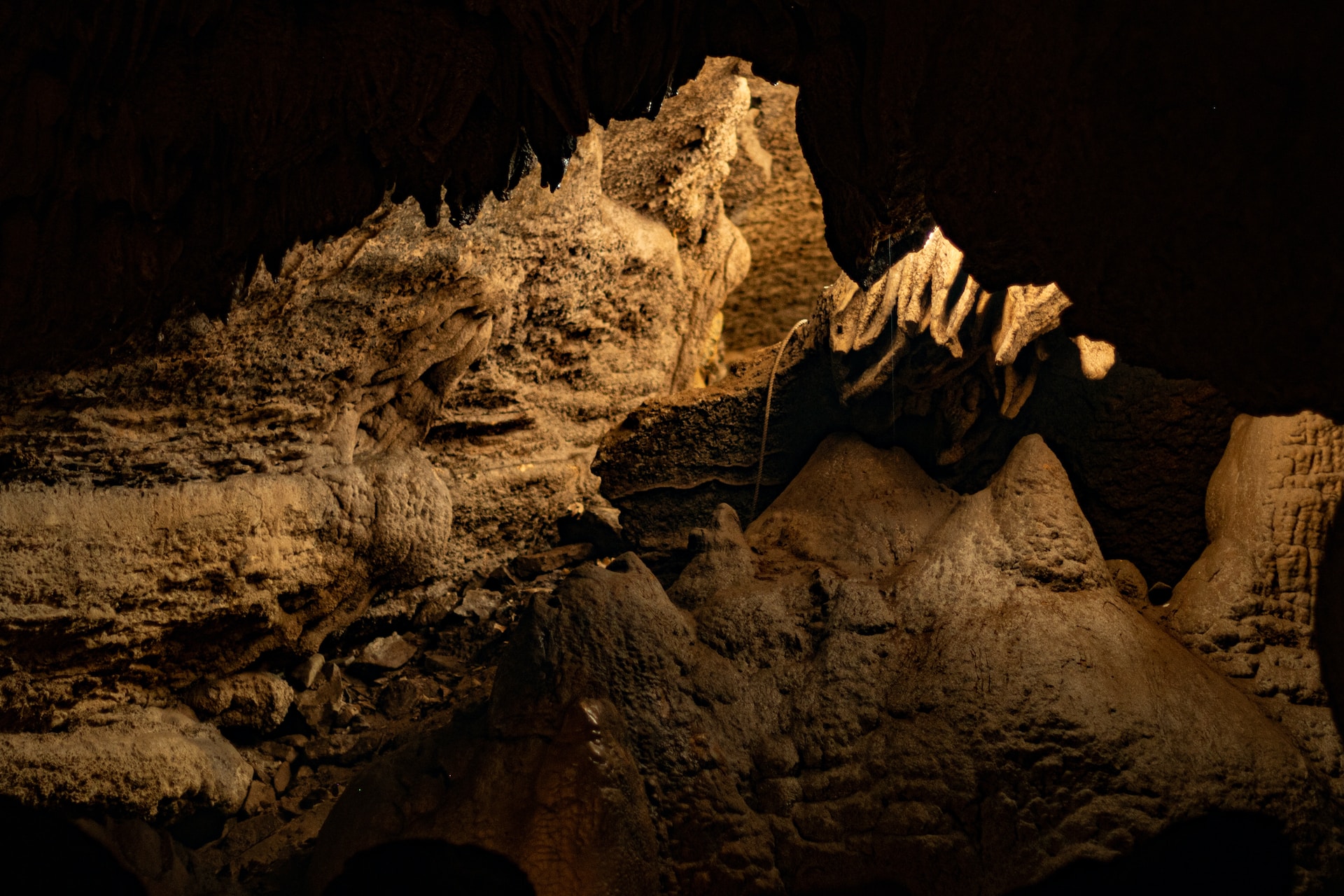
Could Compressed Air Turbine Storage Revolutionize Renewable Energy?
We are reader-supported. When you buy through links on our site, we may earn affiliate commission.
Compressed air energy storage (CAES) makes it possible to store energy for use during peak demand periods. By using a compressed air turbine to drive a generator, power plants can put excess energy to good use when people need it most. The technology pairs well with renewable power sources like wind turbines and solar power. Here’s a closer look at how it works.
Why Is Energy Storage Important?
Energy demand is not constant. People’s need for electricity rises and falls throughout the day as they get ready for work in the morning, prepare dinner in the evening, and get ready for bed. It also changes throughout the seasons, with summer and winter seeing high energy demand in the form of air conditioning and heating.
Periods of strong demand are called peak hours or on-peak hours. Periods of low demand are called off-peak hours.
With renewable energy especially, electricity generation is often inconsistent with peak hours. For example, solar panels only generate power during the day when most people are away from home anyway. They stop working at night when people actually use the most electricity. Similarly, wind turbines only work when the wind is blowing. That’s why storing energy for later use is crucial.
How Does Compressed Air Turbine Technology Work?
A power plant pumps air into a storage facility during off-peak hours. The compressed air, which the facility stores at a very high pressure, serves as a source of energy for later use.
A power plant switches to generation mode during periods of peak demand. It releases the stored air through pipes into a recuperator, which heats the air to around 600°F. Next, the hot air enters a high-pressure combustion chamber. Natural gas powers the combustion chamber to heat the air to a toasty 1,000°F.
Then, the air enters the high-pressure expander and is reheated to 1,600°F. Finally, it travels into the low-pressure expander and then the recuperator. The high- and low-pressure expanders work together to rotate a compressed air turbine inside a generator that produces electricity.
Compressed Air vs. Battery Storage
As of 2023, batteries are the most common form of energy storage, and they mostly work well for this purpose. However, batteries are often made from rare or expensive materials like lithium, copper, and cobalt. Mining these metals is dangerous and often uses a lot of water. Additionally, recycling or disposing of batteries presents environmental challenges.
As a result, many researchers are looking for new ways to store energy. Compressed air turbine technology that powers an electric generator is an environmentally friendly alternative to battery energy storage. It uses no rare minerals and is cost-effective to implement.
There are a few downsides to using CAES — it’s geographically limited to areas with salt caverns, which serve as storage chambers. Salt is relatively stable in the presence of oxygen and offers a way to safely store compressed air.
Compressed air storage also runs into problems when it comes to efficiency. Compressing air heats it up and the heat dissipates into the surrounding area. Compressed air storage without massive heat loss is impossible, leading to lots of lost energy. Running high-pressure equipment can also be expensive. Still, in the absence of a battery or hydropower storage system, using compressed air to drive a turbine is better than letting excess energy go to waste.
Compressed Air Energy Storage in Action
Currently, there are only three CAES plants in the world. How do they compare?
The Germany Plant
The first plant opened in Huntorf, Germany in 1983. The Kraftwerk Huntorf Compressed Air Energy Storage System stores compressed air in two manmade salt caverns with a total capacity of 310,000 cubic meters. Workers pumped water in and out of a massive salt deposit to create the storage chambers. The caverns are over 1,968 feet deep, allowing for several months’ worth of air storage.
The U.S. Plant
In 1991, the United States’ first CAES facility — the second in the world — opened in McIntosh, Alabama. The site sits on top of a massive salt dome measuring almost 1,000 feet in depth and 200 feet wide. With a maximum storage capacity of around 19 million cubic feet, the salt dome offers plenty of room to store compressed air. During off-peak hours, the power plant pumps air into the cavern, reaching a pressure of 1,100 pounds per square inch at full charge.
The McIntosh Power Plant features a 110-megawatt CAES unit and four gas-powered turbine units that do most of the heavy lifting, giving the plant a combined output of around 710 megawatts. That’s enough energy to power 568,000 homes.
The Canada Plant
Power companies Hydrostor and NRStor completed their Goderich A-CAES Facility in Goderich, Ontario in 2019. As the world’s first and only fossil-fuel-free CAES power plant, it represents a milestone in the field of compressed air energy storage.
The plant produces no greenhouse gas emissions whatsoever. Instead, it uses electricity from the grid to power an air compressor to produce heated compressed air. The system extracts heat from the air stream and stores it for later use. Then, the cooled compressed air goes into an underground storage cavern.
During peak demand periods, the air resurfaces and collects the stored heat. The compressed air then passes through a turbine to generate electricity. The Goderich Facility offers 1.75 megawatts of peak power output, a 2.2-megawatt charge rating, and over 10 megawatt hours of storage capacity.
How Viable Is Compressed Air Turbine Storage?
Compressed air energy storage is not the most efficient way to store energy. Other solutions like batteries and hydro storage are much more efficient overall.
Still, as rare earth mineral supplies dwindle and the world looks for environmentally friendly ways to store energy, using compressed air to drive a turbine is better than letting excess electricity go to waste. Forward-thinking solutions like this are important on the global quest to transition to renewable power. And as long as you’re sitting on top of a salt mine, you might as well make use of it.
Share on
Like what you read? Join other Environment.co readers!
Get the latest updates on our planet by subscribing to the Environment.co newsletter!
About the author

Jane Marsh
Starting from an early age, Jane Marsh loved all animals and became a budding environmentalist. Now, Jane works as the Editor-in-Chief of Environment.co where she covers topics related to climate policy, renewable energy, the food industry, and more.
